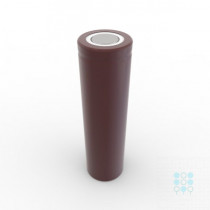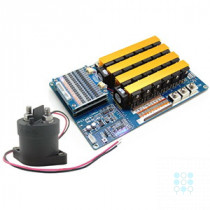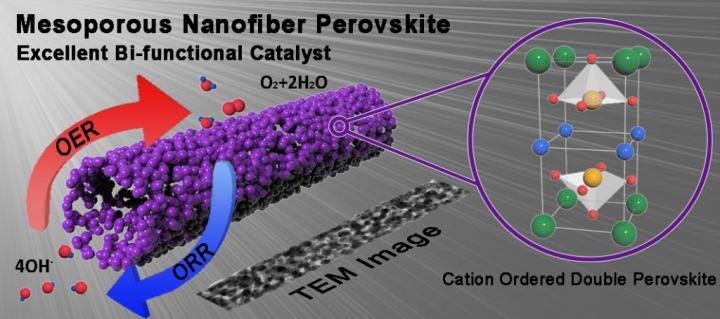Let’s take a look at the metal-air battery. Normally the Voltaplex team likes to stay away from writing about new battery breakthroughs. That is because every day there is at least one, and for the most part, they are press releases or white papers used for marketing for investment. That is, while some breakthroughs are relevant, the vast majority are not worth reporting.
While this new catalyst for metal-air batteries is not a breakthrough, it does give us a chance to talk about metal-air batteries and quickly get up-to-date and see how they compare to lithium-ion batteries. The purpose of this post then is a brief introduction to metal-air batteries by looking at the latest research.
The metal-air battery has a better energy density than lithium-ion, nearly as high as that of gasoline per kilogram. It also theoretically can be produced very inexpensively and has a simple structure which has wide-reaching implications for safety, costs, etc. Furthermore, it receives a lot of funding and active research from IBM, Samsung, Toyota, and so forth. In other words, it is one of the most promising innovations that might replace lithium-ion one day and is improving rather rapidly.
Metal-air is a type of battery that uses oxidation of a metal with oxygen from the atmosphere to produce current. The anode is typically lithium or zinc (hence why metal-air is often called Zn-air). The cathode is ‘air’ with catalysts creating electrochemical reactions with oxygen from the atmosphere. A catalyst is a substance that increases the rate of chemical reaction without itself undergoing permanent physical alterations. One of the problems now is that only precious metals are being used, for example, platinum. Apart from being expensive, these precious metals don’t appear to have great charge-discharge stability among other issues.
UNIST stands for the Ulsan National Institute for Science and Technology, in South Korea. Researchers have come up with an optimal balance of cobalt and iron which gives the nanofiber a high surface area thanks to a distribution of uniform pore diameters. These nanostructures, in turn, bring about great performance enhancements where the oxygen interacts with the cathode. Likely, the future of metal-air batteries will come from these types of tiny, incremental innovations.



